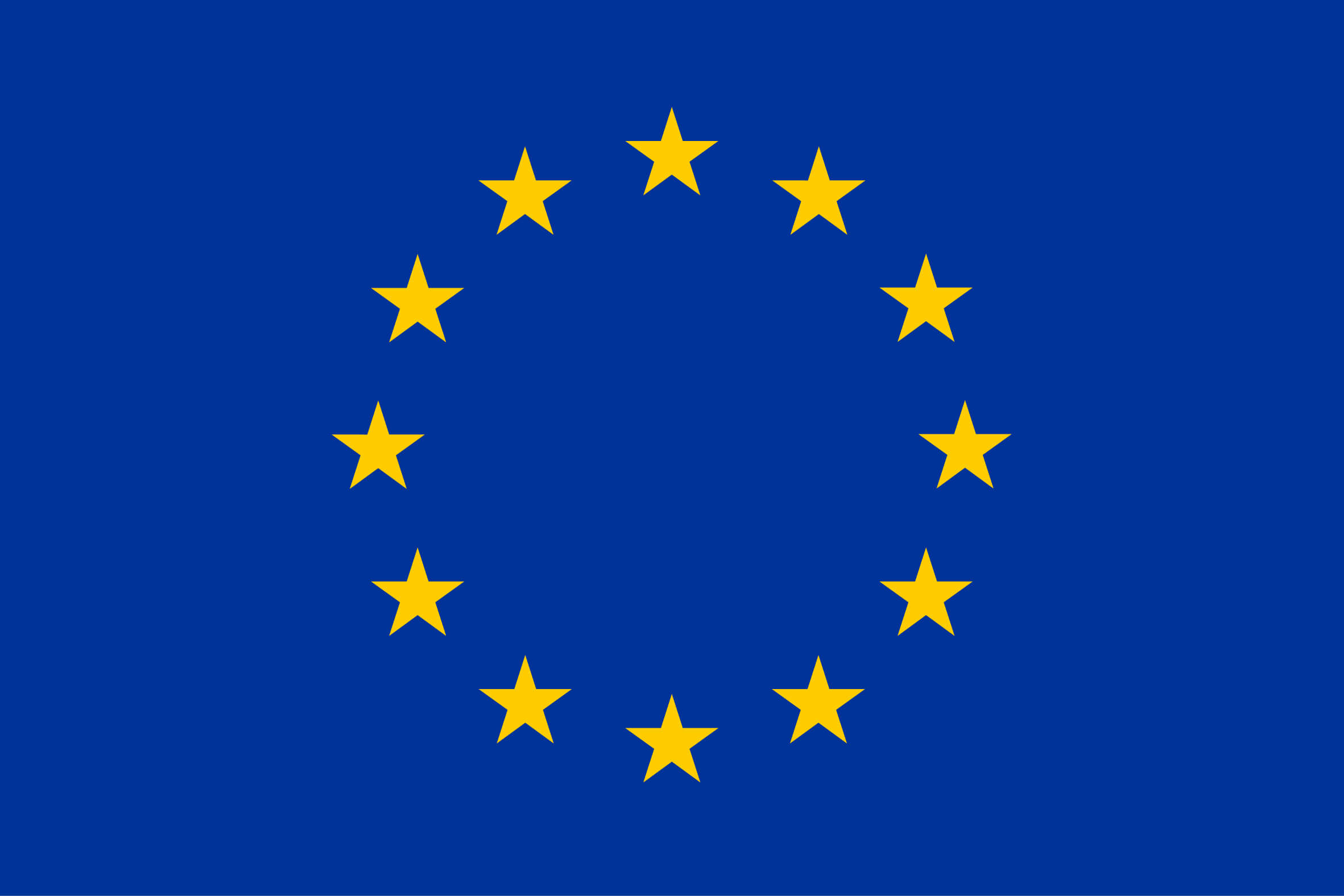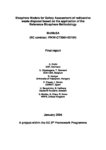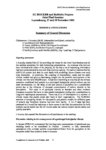BIOMOSA: Biosphere models for Safety Assessment of radioactive waste disposal based on the application of the Reference Biosphere Methodology
The BioMoSA project, co-ordinated by the GSF Research Center for Environment and Health, Germany, aimed to improve the scientific basis for the application of biosphere models in the area of long-term safety studies of nuclear waste disposals. The results from the work reduced the uncertainty of the dose assessment to population groups far in the future, and increased the transparency of biosphere modelling in long-term safety studies. The project helped to maintain and enhance public confidence in the results of the assessment of potential radiological impact to members of future hypothetical groups. Furthermore, the outcome of the project will provide safety assessors and regulatory bodies with guidelines for performance assessments of repository systems.
Overview
Project Dates: 01/12/2001 – 30/11/2003
Project Status: Finished
Project Website: https://cordis.europa.eu/project/rcn/59925/factsheet/en
The BioMoSA project focused on the development of site-specific biosphere models for performance assessment of nuclear waste disposals. It provided valuable input for the performance assessment studies of nuclear waste disposals in Europe, with conclusions for the development of site-specific assessment tools that apply to long-term safety studies. The description and characterisation of five different European locations with varied environmental and agricultural conditions was originally provided. The most commonly used radionuclides in performance assessment studies – 36Cl, 79Se, 99Tc, 129I, 135Cs, 226Ra, 231Pa, 230Th, 237Np, 239Pu, and 238U, were used in the study. For each location, a site-specific biosphere model was generated with conditions chosen to be independent of human consumption rates but dependent on the migration of radionuclides through soil.
Each site-specific model was applied in each location selected resulting in calculations of annual individual doses, identifications of key processes and parameters and estimations of the results’ uncertainties. The results were normalised to a specific activity concentration level for each of the radionuclides considered for comparison purposes. All features and processes of the site-specific models were included in a more generic model developed for the same purpose. This was tested to model the five locations and the results derived were in good agreement with those coming from the in-site specific models.
Objective
The management of radioactive waste requires the implementation of disposal systems that ensure an adequate degree of isolation of the radioactivity from the environment and humans. Aims and principles for disposal of radioactive waste have been a top issue of discussions since more than two decades on an international level and have led to agreement on criteria to be fulfilled for the realisation of nuclear waste disposal project.
The aim of the BioMoSA project was to contribute to the confidence building of biosphere models, for application in Performance Assessments (PAs) of radioactive waste disposal. The detailed objectives of this project were:
- Development and test of practical biosphere models for application in long-term safety studies of radioactive waste disposal to different European locations.
- Identification of features, events and processes (FEP’s) that need to be modelled on a site-specific rather than on a generic base.
- Comparison of the results and quantification of the variability of site-specific models developed according to the reference biosphere methodology.
- Development of a generic biosphere tool for application in long term safety studies.
- Comparison of results from site-specific models to those from generic one.
- Identification of possibilities and limitations for the application of the generic biosphere model.





